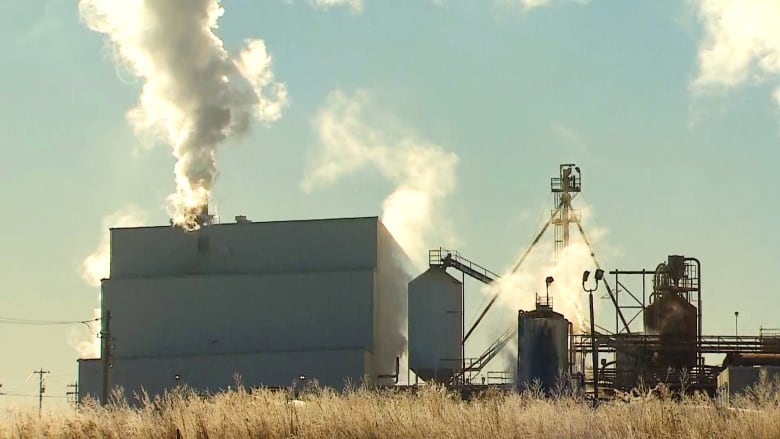Canada faces unprecedented clean growth opportunity in the agriculture sector

Canada faces an unprecedented opportunity to grow the agriculture and agri-food sector, while also advancing its environmental objectives – but current approaches are not enough to get us there
These are amongst the findings of a new report released by Smart Prosperity Institute. Clean Growth in Canada’s Agriculture and Agri-food Sector explores the dual economic and environmental opportunities available to the country, but only if Canada acts now.
Canada’s agriculture and agri-food sector is on the cusp of an extraordinary economic growth opportunity, the report continues. The Economic Sector Strategy Table for Agri-Food adopted ambitious targets of $85 billion in agriculture, agri-food, and seafood exports and $140 billion in domestic sales by 2025. Meeting these targets and satisfying the growing global demand for food in a sustainable manner should be a top priority. In 2019, agriculture (including on-farm fuel use) accounted for 73 Mt of greenhouse gas emissions—equal to 10% of the country’s total GHG emissions.
“The agriculture sector has a significant environmental footprint that needs to be reduced“
“Canadian governments and industry have already taken the first steps toward reducing the environmental impact of the agriculture sector, but reconciling the economic opportunity with the environmental challenge will be no small feat—and no single instrument or practice will be sufficient to do the job,” said Mike Wilson, Executive Director at Smart Prosperity Institute. “Decoupling economic growth from environmental harm requires action through a well-targeted and comprehensive package of policies for the agriculture sector.”
Canada is well-positioned for success – but the agriculture sector has a significant environmental footprint that needs to be reduced if Canada wants to simultaneously meet its commitments to reduce greenhouse gas emissions, conserve biodiversity, and sustainably manage its natural capital. Global market access is increasingly based on a country’s ability to uphold strict environmental and safety standards.
To unlock clean growth opportunities in Canada’s agriculture and agri-food sector, Smart Prosperity Institute’s research identified nitrogen fertilizer management, improving soil health, and circular economy approaches to agriculture and agri-food as some of the potential areas for action. Other promising policy options moving forward include:
- Behavioral Economics Approaches
- Taxes on Environmental Externalities
- Voluntary Ecological Certification
- Targeted Agri-environmental Subsidies
- Reverse Auctions
- Spatially Targeted Payment Schemes
- Offsets for Greenhouse Gas Emissions, Water Quality, and Biodiversity
Mike Moffatt, Senior Director of Policy and Innovation at Smart Prosperity Institute commented, “Through innovative policy approaches, federal, provincial, and territorial governments can help increase technology deployment and the adoption of beneficial management practices that will benefit producers, industry, the environment, and all Canadians. A major clean growth opportunity in agriculture and agri-food awaits us – but only if Canada acts. And the time to act is now.”
- Available for interview: Mike Moffatt, Senior Director of Policy and Innovation, Smart Prosperity Institute
- The full report is available for download here: https://institute.smartprosperity.ca/publications/agri-food
- To learn more, Smart Prosperity Institute invites members of the media and public to attend a free virtual event exploring the report’s findings on November 4. Webinar information and registration here: https://clean_growth_agriculture.eventbrite.ca












